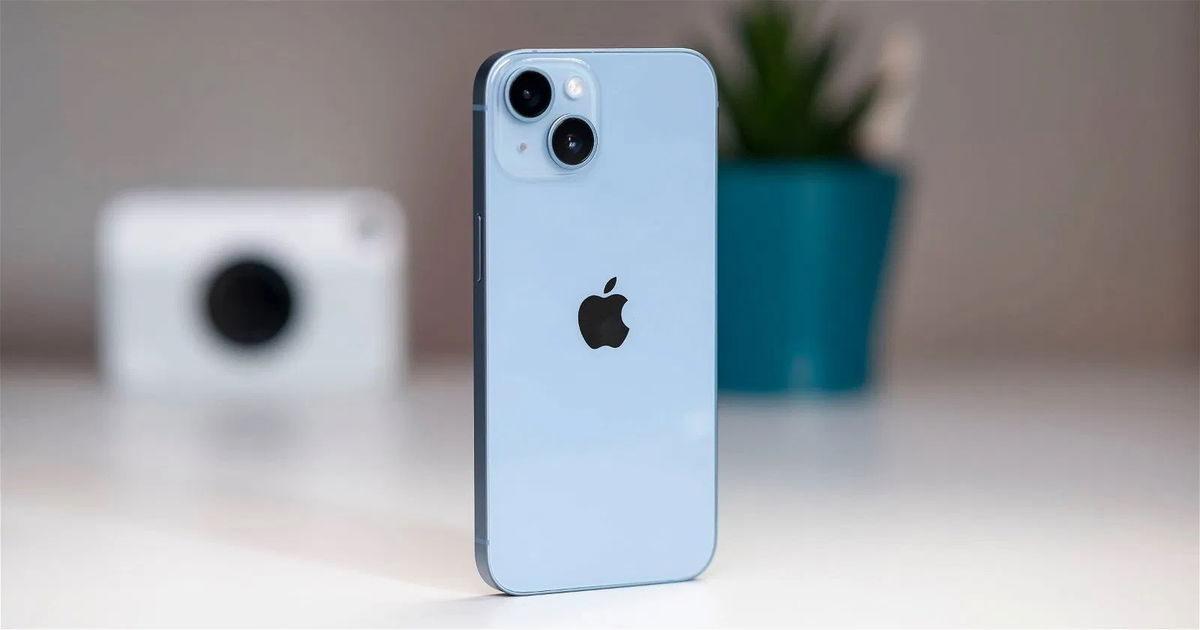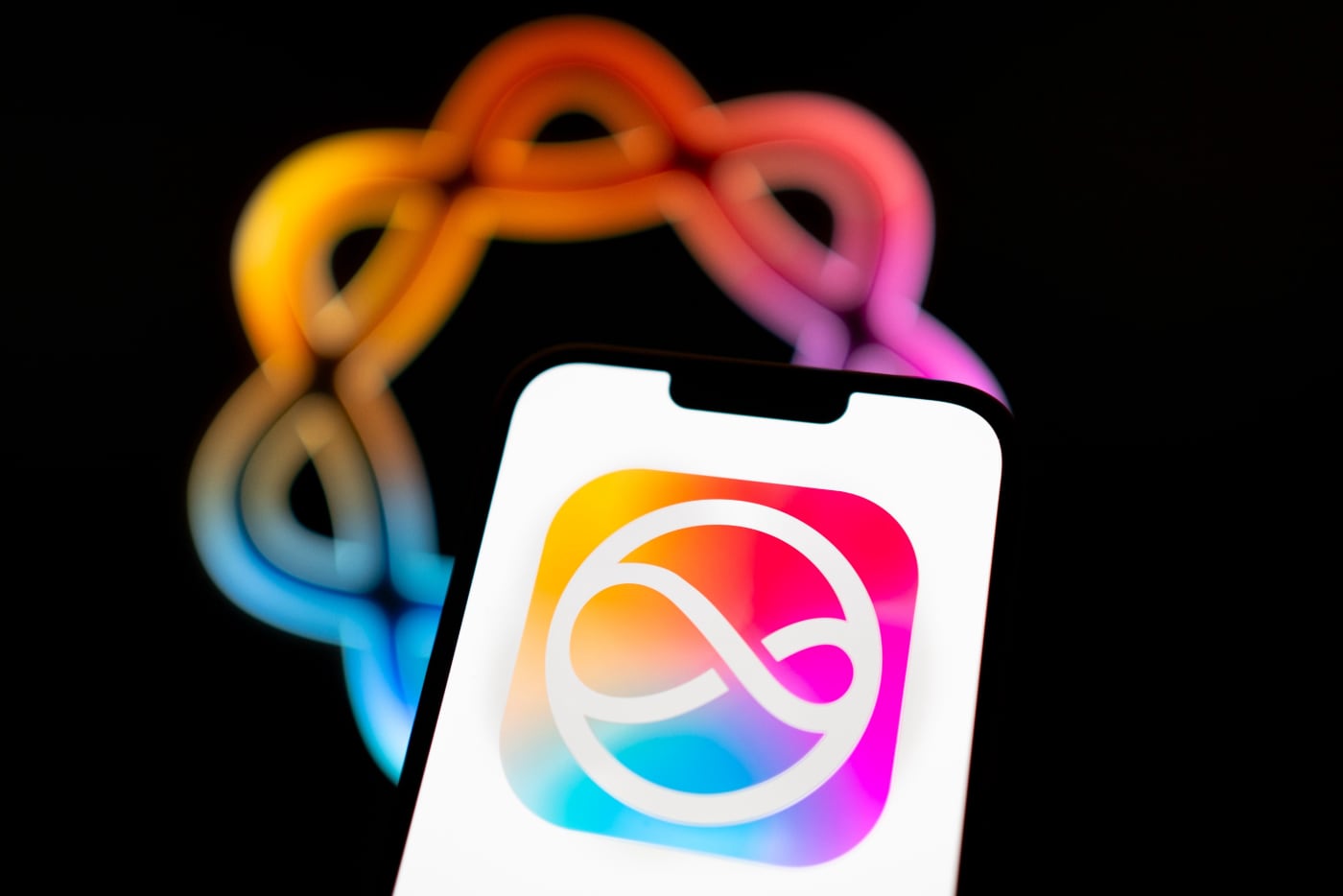Lithium is expensive and environmentally expensive to mine, and the batteries that use it are not very recyclable.
Scientists are exploring many possible alternatives to the proven and reliable lithium-ion architecture, and zinc-based batteries are an option that may be safer, more cost-effective, and more environmentally friendly.
However, the main hurdle in this area is the short lifespan of zinc-based batteries, so scientists are putting a lot of effort into developing versions that can be charged reliably.
Common electrolyte solutions in lithium batteries contain flammable and corrosive chemicals, but the authors of the new study developed a gel electrolyte for use with a zinc anode made from a natural material called chitosan.
“Chitosan is a derivative of chitin,” said study lead author Liangbing Hu, director of the Center for Materials Innovation at the University of Maryland. Chitin can be obtained from mushrooms, shellfish, and squid. The researchers note that the richest source of chitosan is the exoskeletons of crustaceans, including crabs, shrimps and lobsters.
In testing, the team demonstrated impressive performance of a zinc battery using the new electrolyte. It prevented the build-up of tentacle-like growths that could degrade battery performance and exhibited “extreme cycle stability” and maintained 99.7% efficiency at 1000 cycles when operating at a high current density of 50mAh/cm2.
Thanks to its environmentally friendly design, about two-thirds of the battery can be destroyed by microbes, and the chitosan electrolyte can be completely destroyed within five months. The remaining zinc can then be recycled.
Source: Ferra










